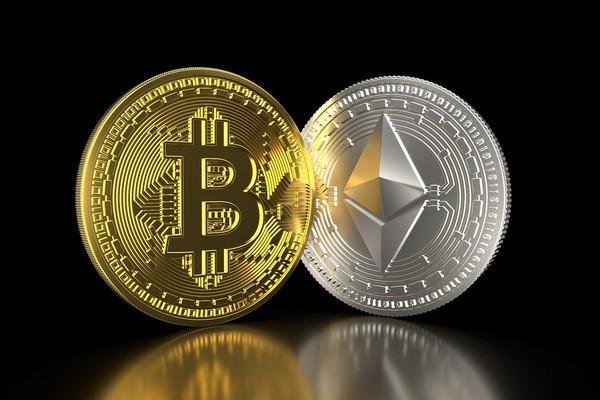Understanding Crypto Tokens: Evolution, Standards, and Real-World Applications (2025)
From their inception as ‘colored coins’ on Bitcoin to the sophisticated multi-chain ecosystems of today, crypto tokens have evolved significantly. The concept of tokens emerged in 2012 with colored-coins on Bitcoin, which introduced small metadata overlays to track assets on the blockchain. However, it was Ethereum’s introduction of programmable smart contracts in 2015 that revolutionized the token landscape, turning it into a global phenomenon.
Today, a wide array of high-performance layer-1 and layer-2 networks such as Solana, BNB Smart Chain, Polygon, Avalanche, and others have developed their own comprehensive token standards, expanding the use cases and utility of tokens across diverse platforms.
Milestone Standards Overview
Over the years, several key token standards have been introduced that have played a crucial role in shaping the token economy:
- 2015 – ERC-20 (Ethereum): The first fungible token interface that introduced the concept of balances stored in mapping structures.
- 2017 – ERC-721 (Ethereum): Known for non-fungible tokens (NFTs) with unique IDs and ‘ownerOf()’ mapping.
- 2019 – SPL (Solana): Enabled ultra-low-latency fungible tokens through account programs.
- 2021 – ERC-1155 (Ethereum): Introduced multi-asset ‘semi-fungible’ containers.
- 2023-25 – ERC-4337/6551 (Ethereum): Innovations in account abstraction and token-bound accounts for enhanced smart-wallet user experience.
Technical Architecture of Tokens
Tokens are essentially immutable data structures stored within smart contracts. Balances are maintained as key-value pairs in persistent storage, with transfer logic enforced through code. Each state change is verified by the network’s consensus mechanism. While UTXO chains like Cardano and Nervos embed tokens in transaction outputs, account-based chains like Ethereum and Avalanche C-Chain manage tokens behind contract addresses.
Token Classification and Utility
Energy Tokens are pivotal in driving decentralized application (dApp) ecosystems, facilitating transactions, and enabling various functionalities within platforms like Polygon, Uniswap, and Chainlink. These tokens are used to pay for gas fees, exchange value, and unlock specific features.
Token Distribution Channels
The distribution of tokens has evolved through various mechanisms such as Initial Coin Offerings (ICOs), Initial Exchange Offerings (IEOs), and Initial DEX Offerings (IDOs). ICOs, popularized in 2017, involved public sales through smart contracts. Subsequently, centralized exchanges adopted IEOs with Know Your Customer (KYC) procedures, while IDOs emerged on decentralized launchpads like Polkastarter and CoinList, enabling direct token distribution to self-custodied wallets.
Tokenomics and Supply Dynamics
Token economics are driven by supply models and incentive mechanisms like staking, which involves locking tokens to secure networks or liquidity pools, rewarding participants with token emissions and fees.


